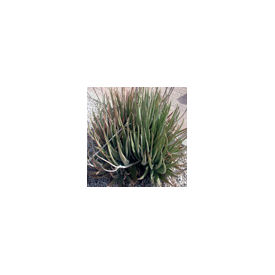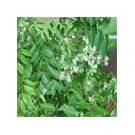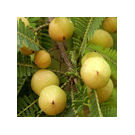Aloe Vera Plant

Description
Aloe vera has been described as a wonder-plant. The colourless jelly-like leaf parenchyma tissue is used in an extraordinary array of everyday products, from dishwashing liquid to yoghurt.
Aloe vera is well known for its succulent leaves and the many uses of the gel obtained from them. This species is widely cultivated and, along with other members of the genus Aloe, is also the subject of intense scientific study with regard to the many claimed therapeutic properties.
Aloe vera is native to the Arabian Peninsula and is widely cultivated around the world. It has escaped from cultivation and become naturalised in the Mediterranean, north Africa, the Indian subcontinent, South America and the Caribbean.
Aloe vera is a short-stemmed shrubby aloe, frequently suckering and forming dense clumps. The leaves are succulent, erect, forming a dense rosette. The leaves are greyish green, growing to about 50 cm long, with margins that are pinkish with many small spines. The leaf surfaces are sometimes marked with white flecks or spots. The flowers are yellow, tubular, and up to 3 cm long, with anthers and stigma protruding. The flowers are borne in cylindrical racemes on a branched panicle up to 90 cm tall.
Aloe vera was formerly classified as part of the Asphodelaceae family, but this is now included in Xanthorrhoeaceae.
Aloe vera has been used for centuries and it is more popular today than ever. It is cultivated around the world as a crop for its colourless jelly-like leaf parenchyma known as 'aloe gel'. It is used for a variety of purposes in food, food supplements, herbal remedies and cosmetics.
Aloe vera leaf parenchyma (aloe gel) may be effective when used on the skin against psoriasis, burns, frostbite, and sores caused by the Herpes simplex virus. Research has shown that, taken orally, aloe gel can help to lower cholesterol levels in people with high cholesterol, and can help to lower blood glucose levels in people with type II diabetes.
The green outer layer of the leaves of Aloe vera yields a bitter, yellow exudate which has very different properties from those of the colourless parenchyma. The bitter leaf exudate has traditionally been used as a laxative. However, research has indicated that the active constituents may have harmful effects and can interact with other medicines and herbal remedies. It should not be given to children or to pregnant or breastfeeding women.



